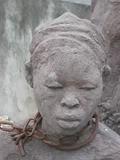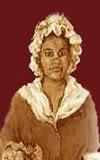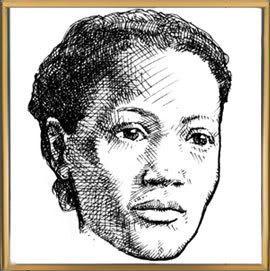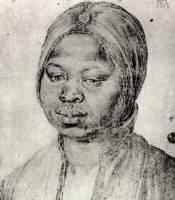Illegally Enslaved Woman Jenny Slew was born circa 1719 to a free white woman and an enslaved black man. That fact would become the core of an historical legal case forty-six years later in Ipswich, Essex County, Massachusetts Bay Colony. Jenny contended that her parents had married and established a home and family. Jenny Slew had been raised free and lived all her life as a free woman, but in 1762 she was kidnapped and enslaved by John Whipple. In most of the colonies, she would not have been able to turn to the law for help. As a slave, she would have been banned from the courts. However, by that time in Massachusetts an enslaved person could bring a…



